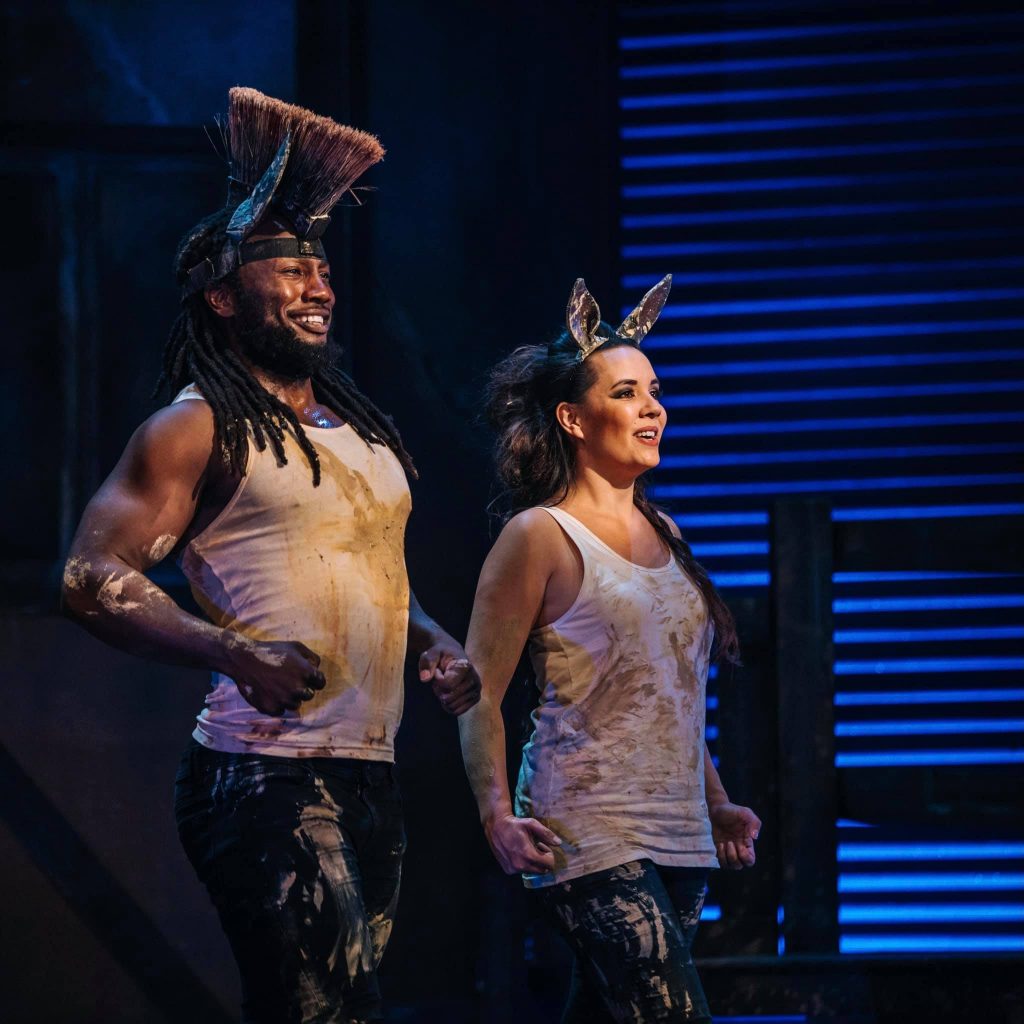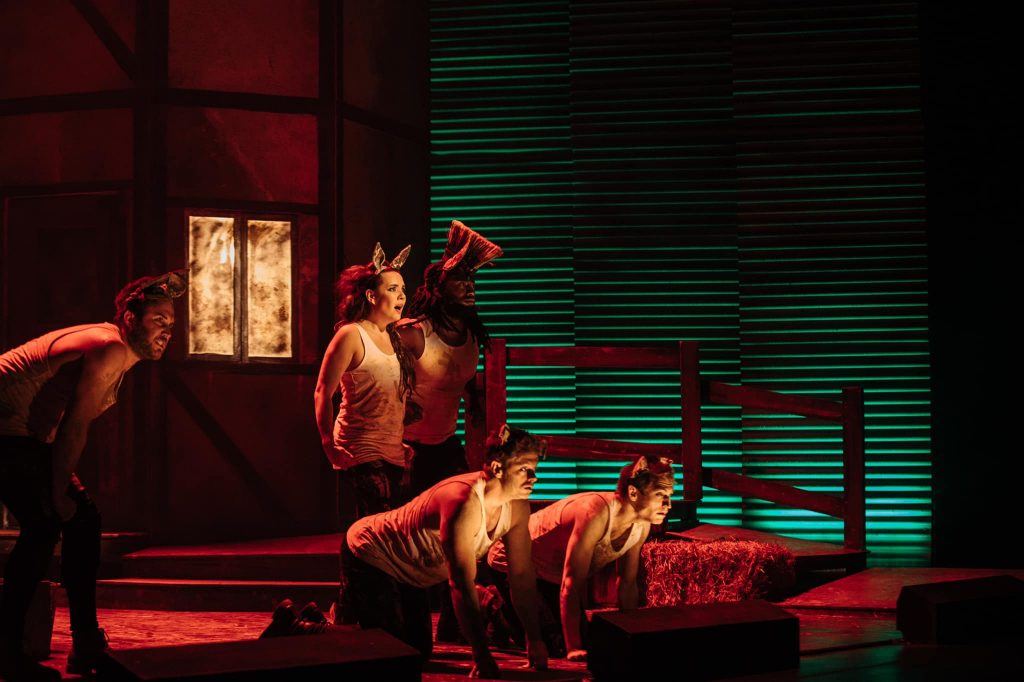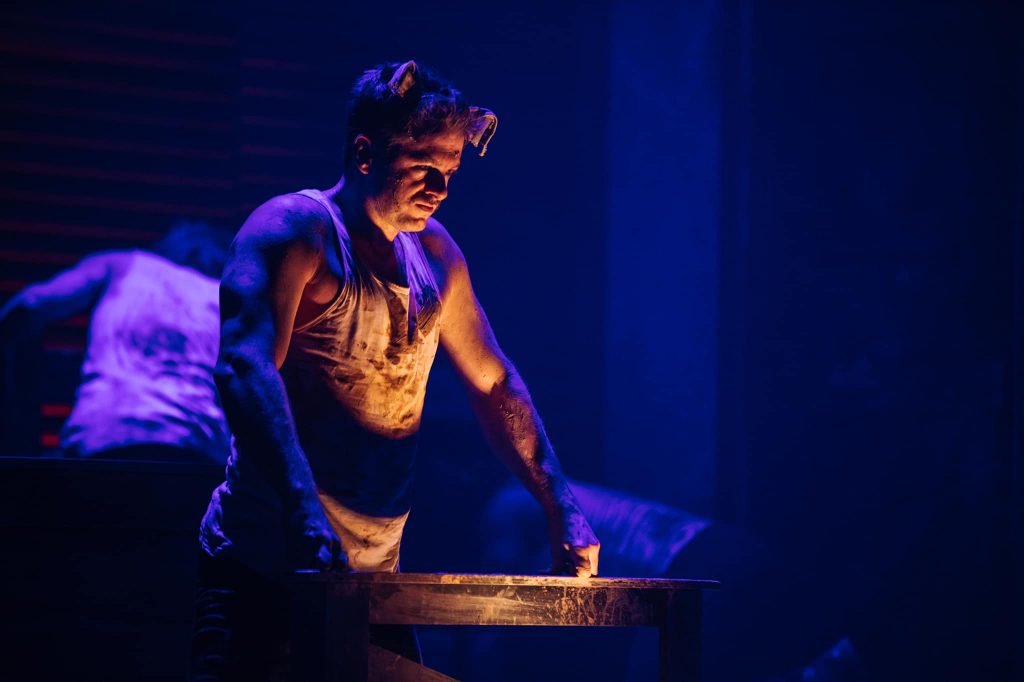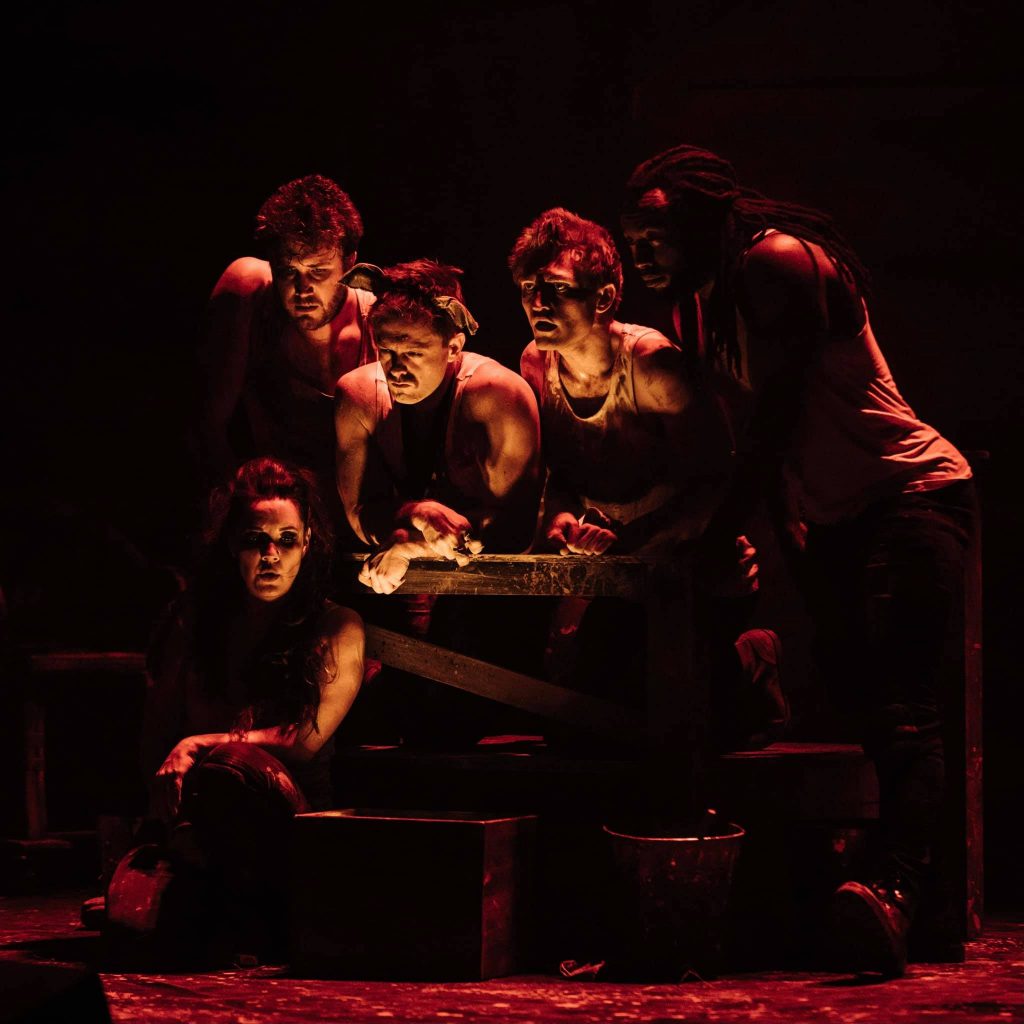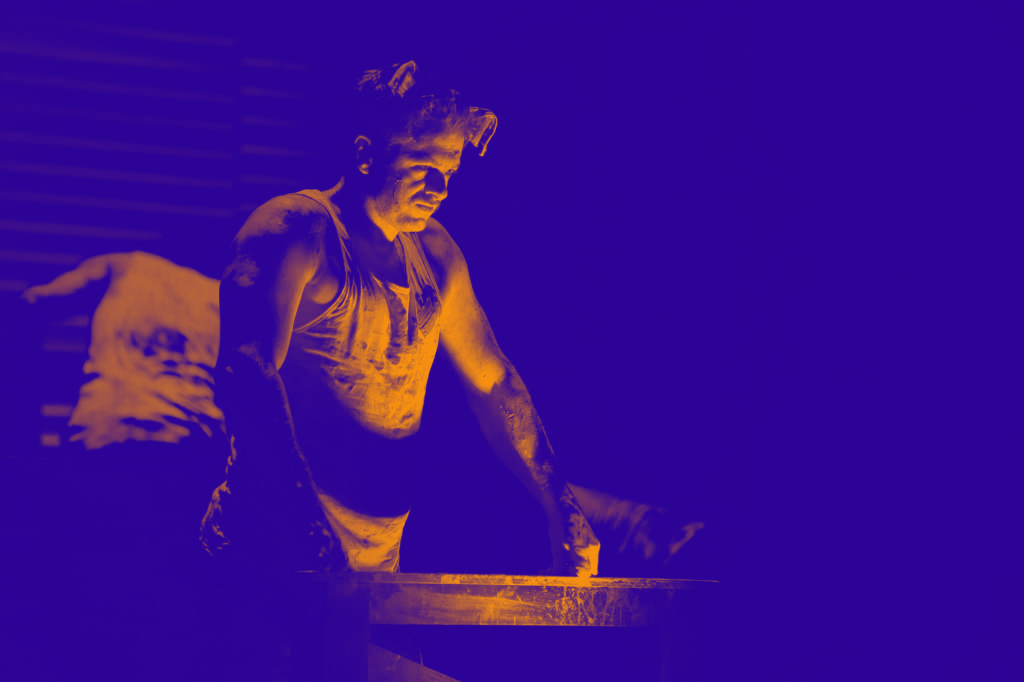
‘Animal Farm’ // shake & stir theatre co
‘Animal Farm’ was clean.
‘Animal Farm’ is not just a reflection of historical events and figures, but a forward-focused political theatre piece that makes strong statements about the corruption of power, the cyclical nature of the oppressor and oppressed, and the challenge of society to negate the damage caused by self-serving leaders.
Winner of multiple Matilda Awards and PAC Australia’s National Tour of the Year, shake & stir theatre co’s ‘Animal Farm’ is clean and polished, which is ironic when considering the setting for the show is the muck of a working farm. Presented at the Empire Theatre, Toowoomba, to a sea of high school students and theatre-lovers alike, shake & stir have presented a first-rate rendition of a classic tale.
Written by George Orwell in 1945, ‘Animal Farm’ is an allegorical story that places focus on the rise and fall of the Soviet Union. It explores how the ousting of the Tzar or emperor (symbolised by humans), does little to improve the living conditions for many civilians, as the new leaders that be, the communists (symbolised by the pigs) evolve into the same power-hungry and self-serving villains the people (symbolised by the other animals) had tried to free themselves from in the beginning.
Lighting design by Jason Glenwright and sound design by Guy Webster complemented the piece. A range of LEDs were sprinkled throughout the set and were most effective in sharp sporadic lights that flashed in scenes that reflected wars or battles. Similarly, the soundscape was useful in creating the illusion of far more performers than the small cast could manage. No microphones were used, which could have presented a challenge in such a large theatre. However, the cast were skilled enough to overcome this.
While much of the action takes place low to the ground, given the four-legged nature and height of animals, the set was surprisingly tall. A large barn on stage left and an equally tall farmhouse on stage right consumed much of the visible background. This may have been purposeful as it reflects the immense nature of society and the overwhelming sense that individuals have little ability to make real lasting change. Other than in the buildings, hay was spread throughout, and secret windows and ledges were used from time to time throughout the piece. At the very beginning of the production, a projection was used to show a pig being attacked by humans. This was mirrored at the end when a pig was shown meeting with humans and becoming one and the same as them. These projections reflected the didactic message of the piece and were a simple but effective way to add another layer of technical storytelling to the production. Costuming was kept basic, with cast donning mud-stained white singlets and simple black trousers. At times, they used faux ears and the like to create a distinction between animals. Josh McIntosh is listed as designer for the production, so assumedly he had some influence over the costuming, multimedia and set components.
The piece was directed by Michael Futcher, who used strategic blocking to ensure some elements of the story were left ambiguous. For instance, humans were cleverly deidentified, each wearing a potato sack over their head whenever in a scene. Additionally, scenes that took place inside Mr Jones’s house were created with lights, silhouettes and windows. This voyeuristic aspect of the set and direction made for interesting commentary about the unseen values of political leaders and the questionable behaviours that occur behind closed doors.
With a cast of five; Darcy Brown, Tim Dashwood, Nelle Lee, Gideon Mzembe and Steven Rooke, ‘Animal Farm’ required an exceptional level of skill and resilience from the performers. Each took on multiple roles and were required to manipulate their body and movement to suit the various walks, gallops and waddles of the creatures they were portraying. The physical demands were met with competence and beautiful craftsmanship by all involved.
Lee as Mollie and Mzembe as Boxer were crowd favourites. They morphed their human physiques into that of a horse, incorporating subtle but effective flinches. Lee used her long ponytail to mimic that of a horse’s mane, and Mzembe shifted his feet in a strong but wave-like motion to give the illusion of cart-horse hooves.
Brown as Squealer was one of the constant characters, and in many ways carried the show. His interpretation of a sly and untrustworthy swine was effective. The character has often been said to represent the propaganda of the communists, and clever scriptwriting, by Nick Skubij, added nods to modern-day questions of media lies and exaggerations into Squealer’s speeches.
Whether or not all animals are created equal, whether equality should come in the form of opportunity or outcome, is yet to be determined; but these questions remain as significant in modern society as they did at the time ‘Animal Farm’ was originally published.
Shake & stir theatre co have presented this piece for an audience that is primarily made up of high school students, as the novel is a popular piece for many senior Drama and English classes, and aligns with the QCAA syllabus for both subjects. However, this is an award-winning professional production enjoyable for those who are willing to explore the layers of social and political commentary or those who are simply wanting an entertaining evening of high-quality theatre.
‘Animal Farm’ was performed at Empire Theatres, Toowoomba on 4 June 2021 and will continue to tour at various dates and venues throughout 2021. For more information visit shake & stir theatre co’s website.
Photography by David Fell.




